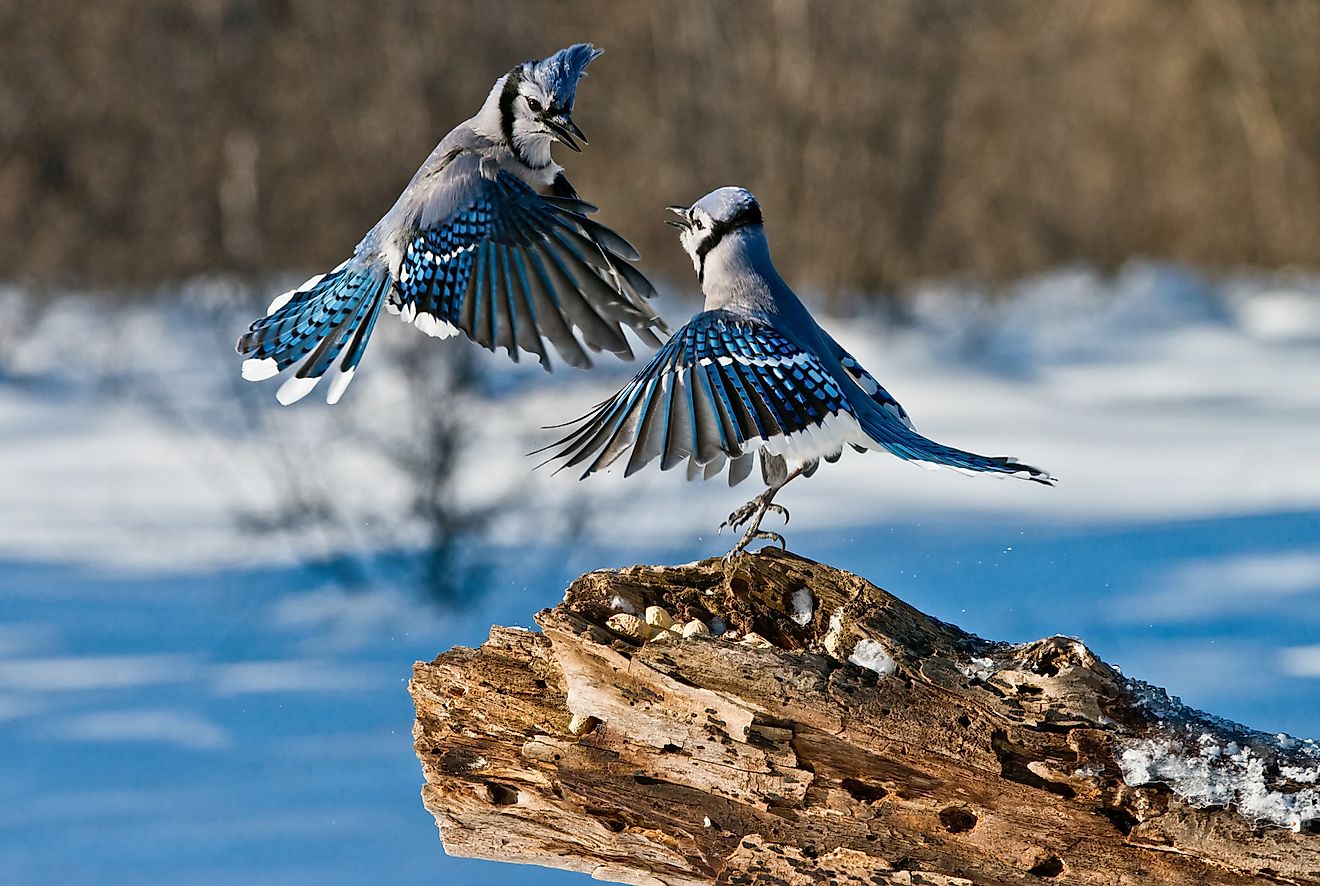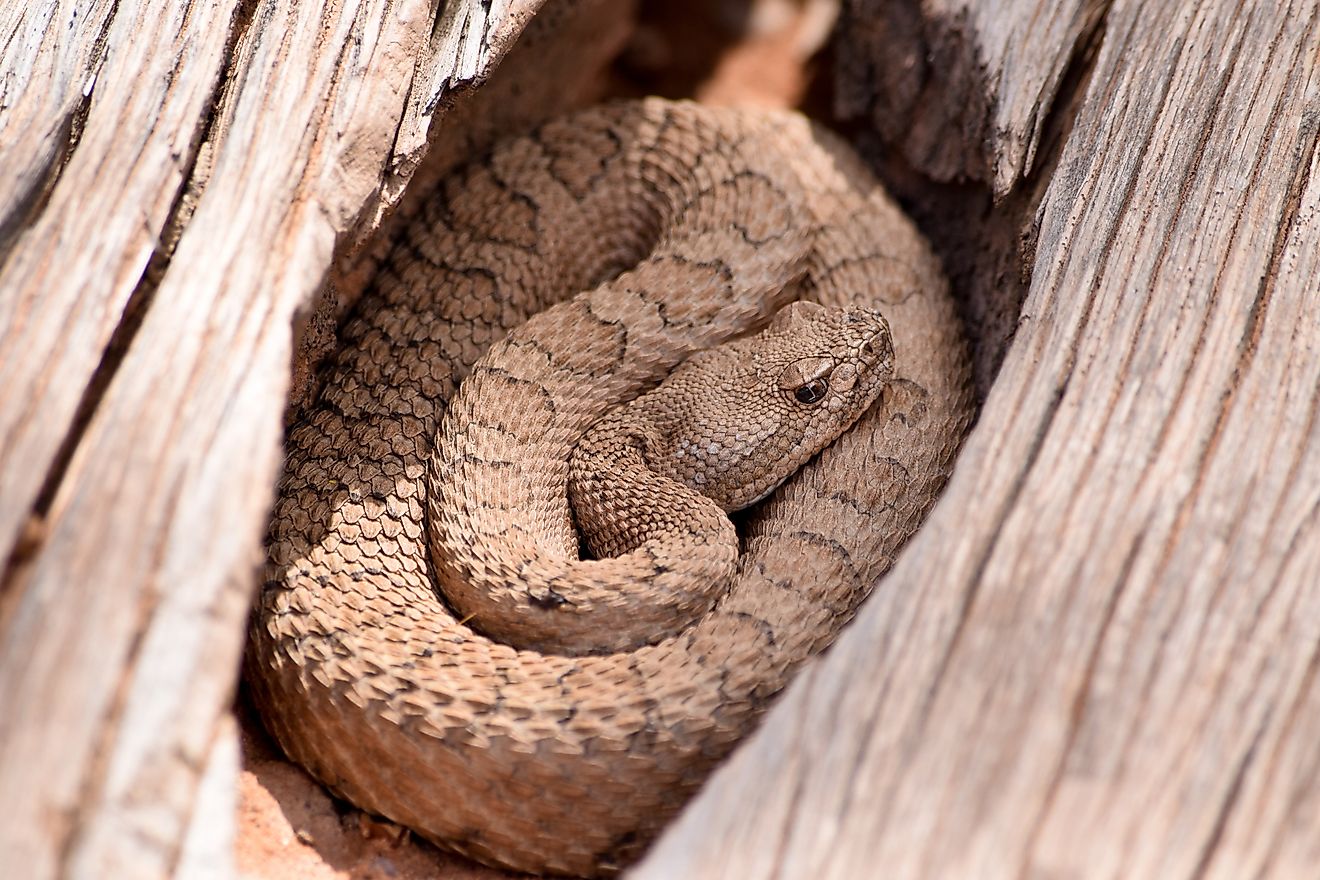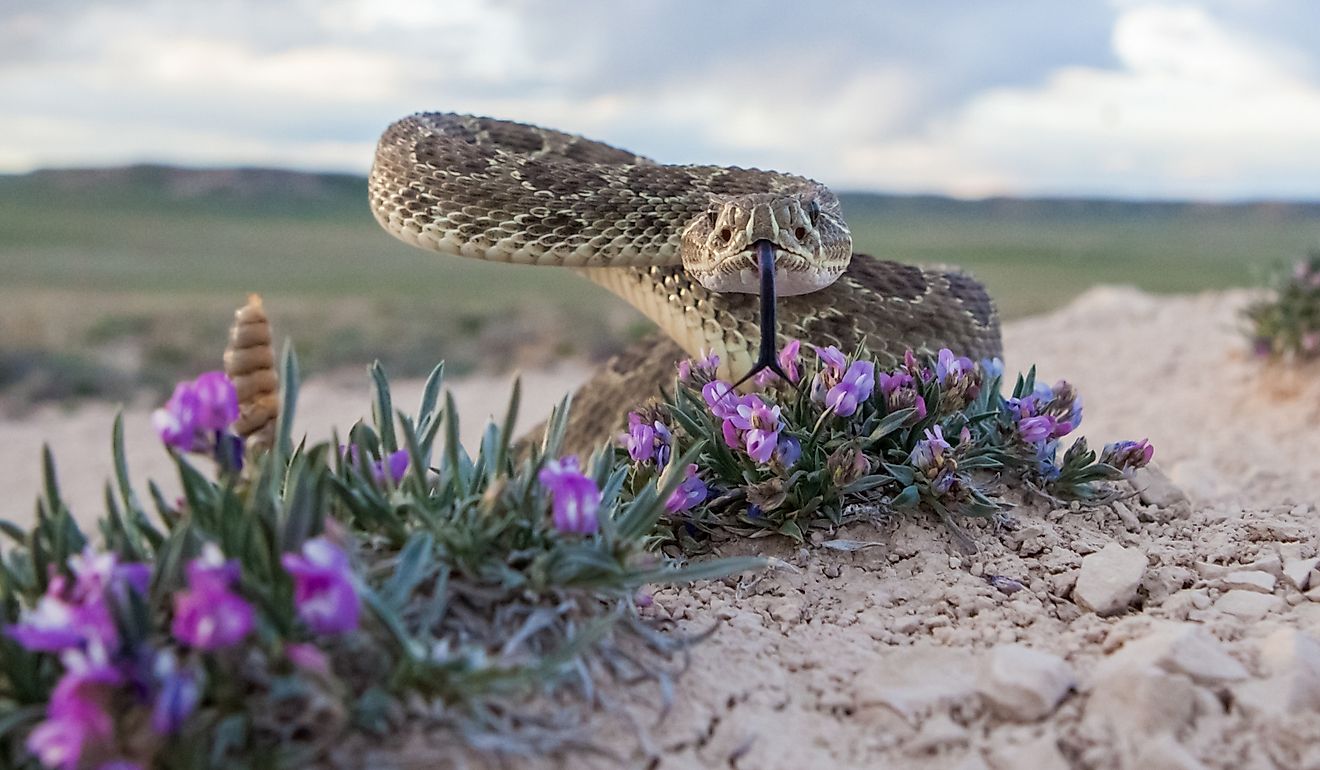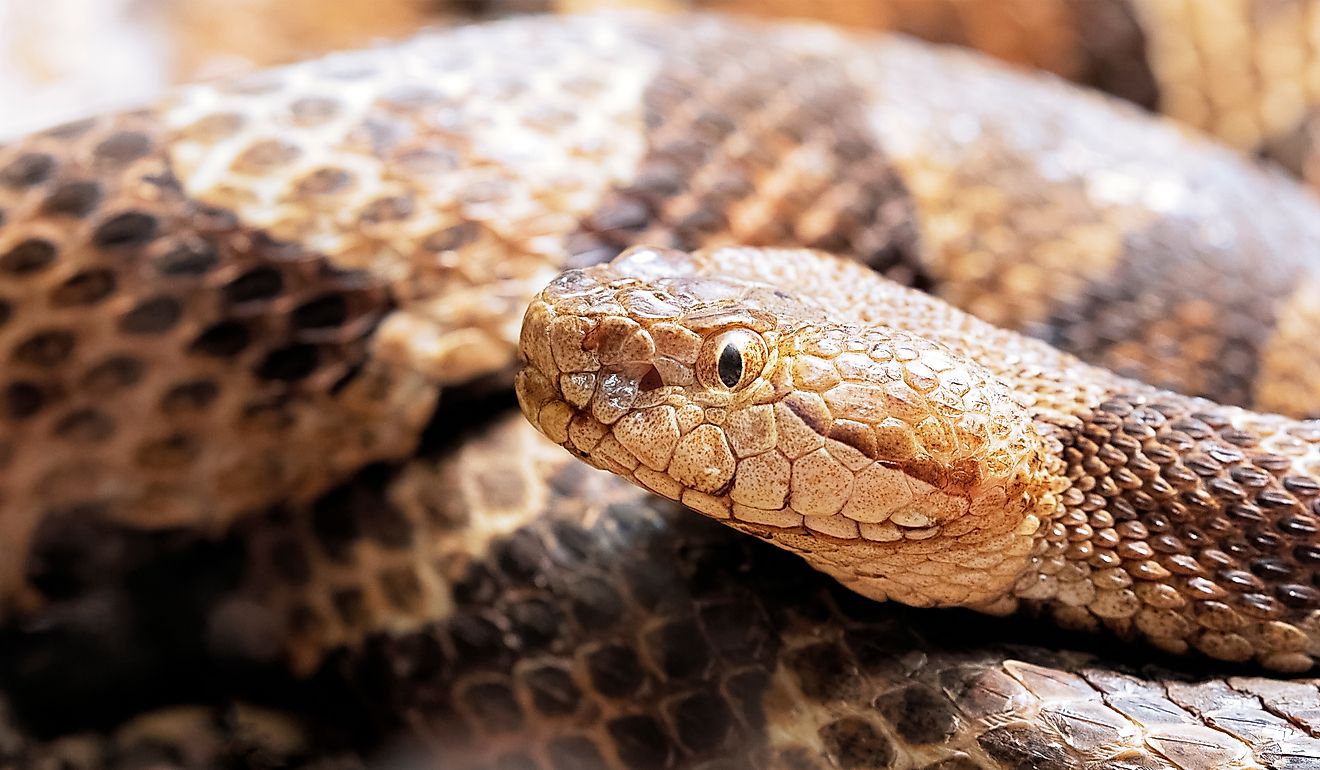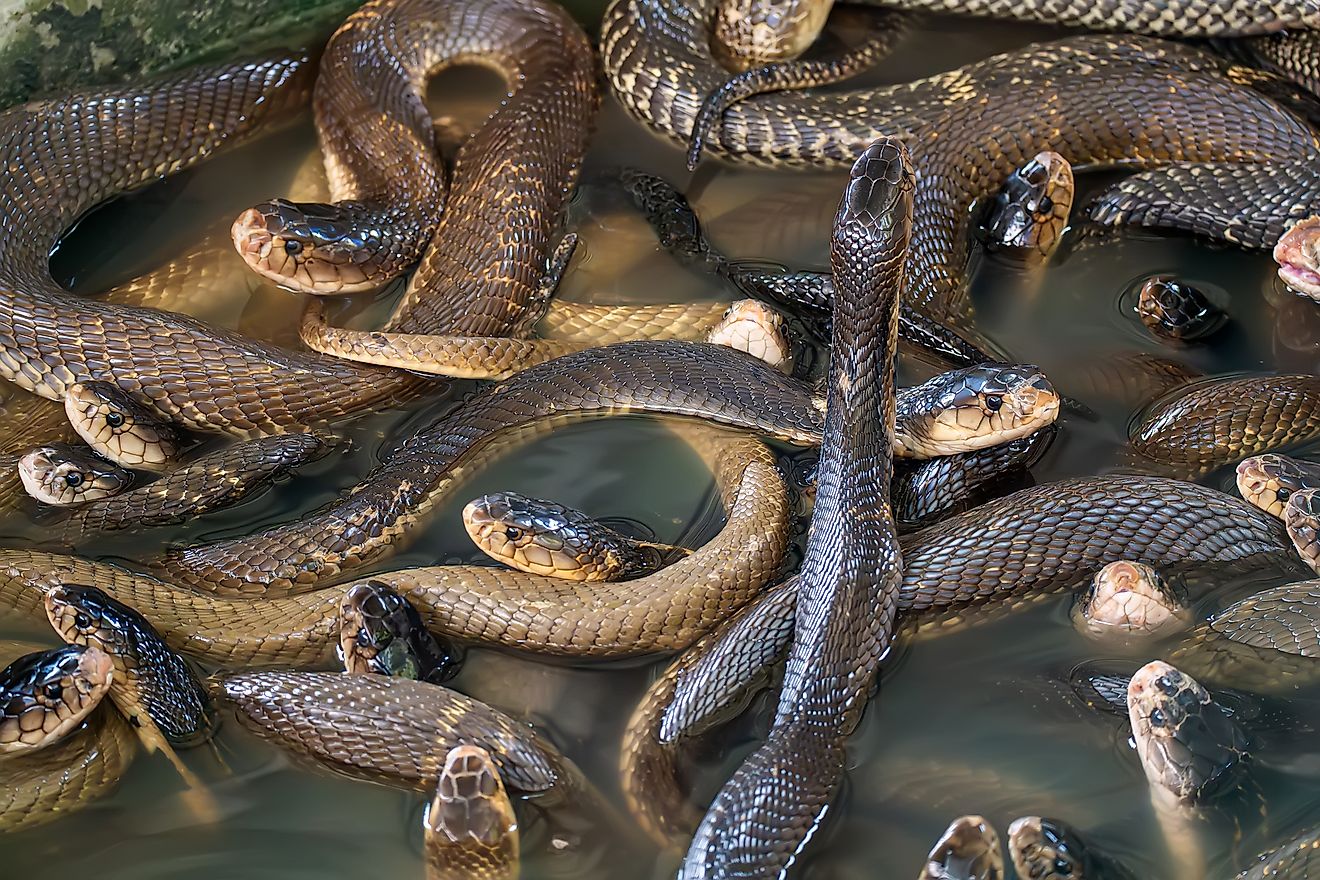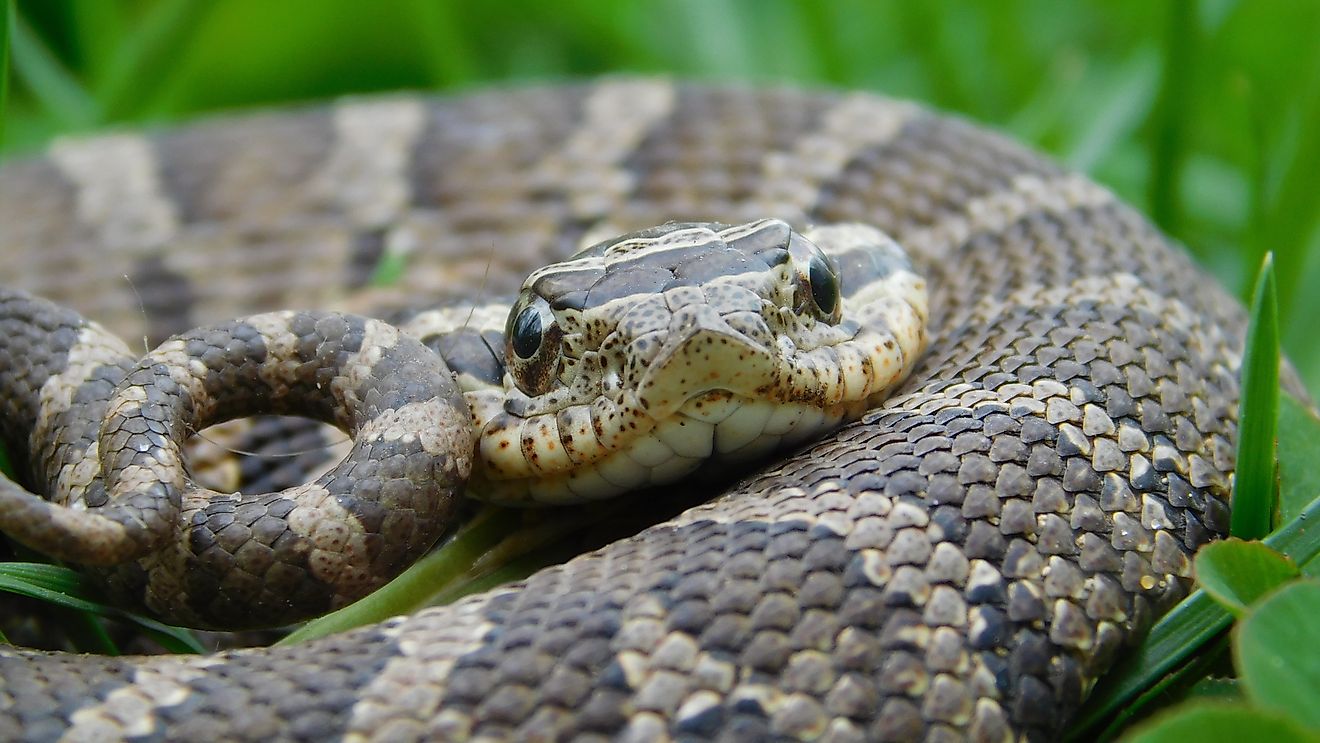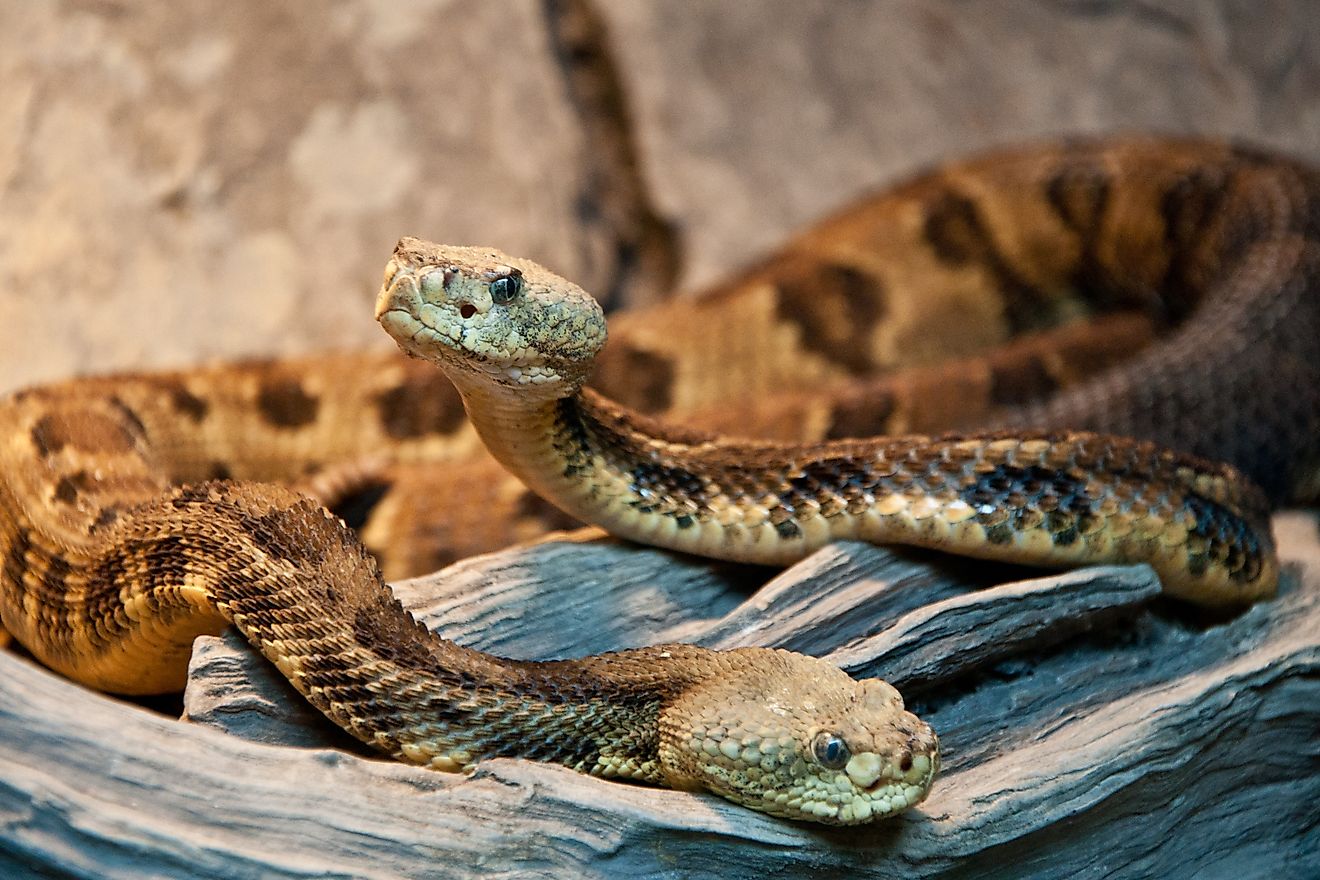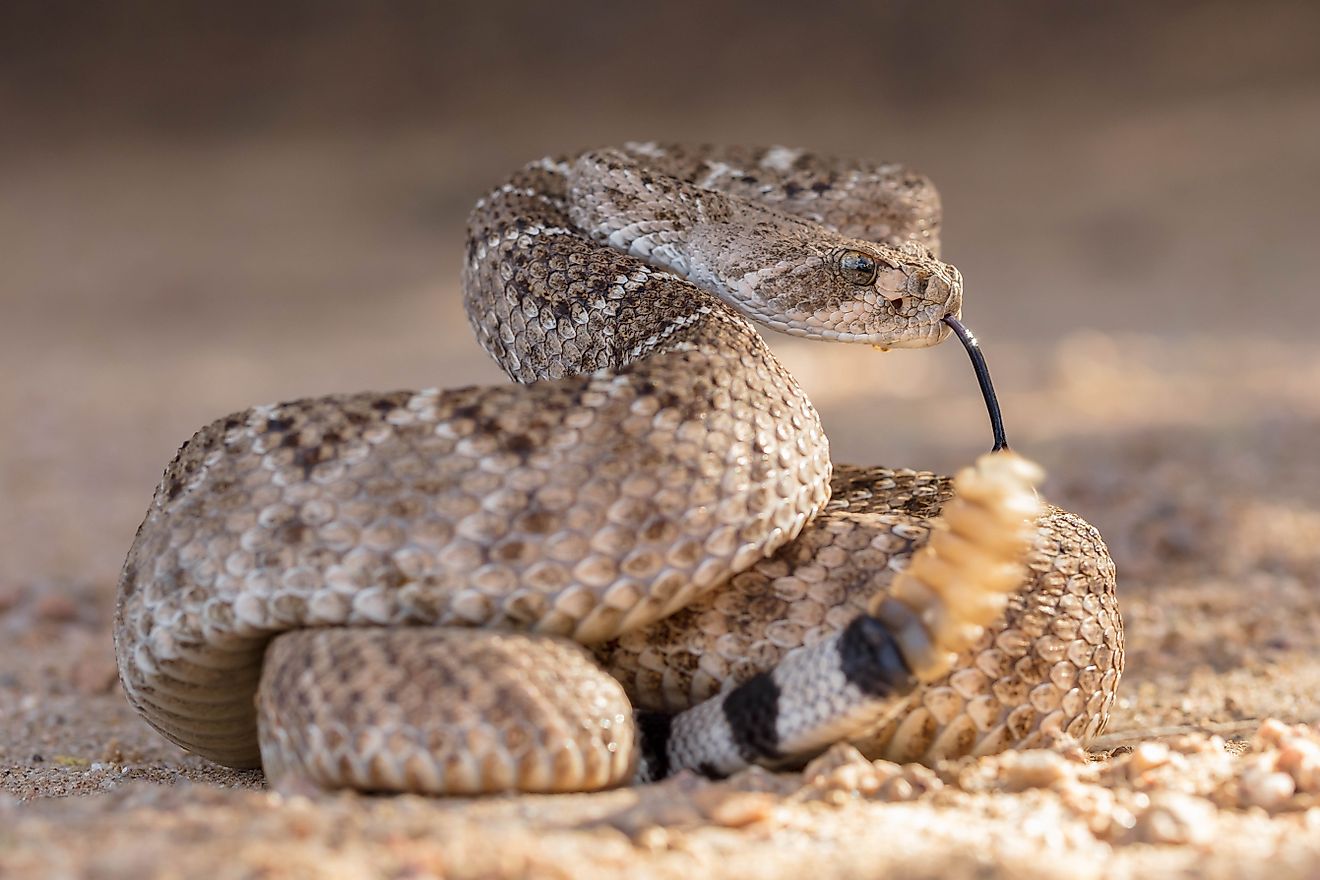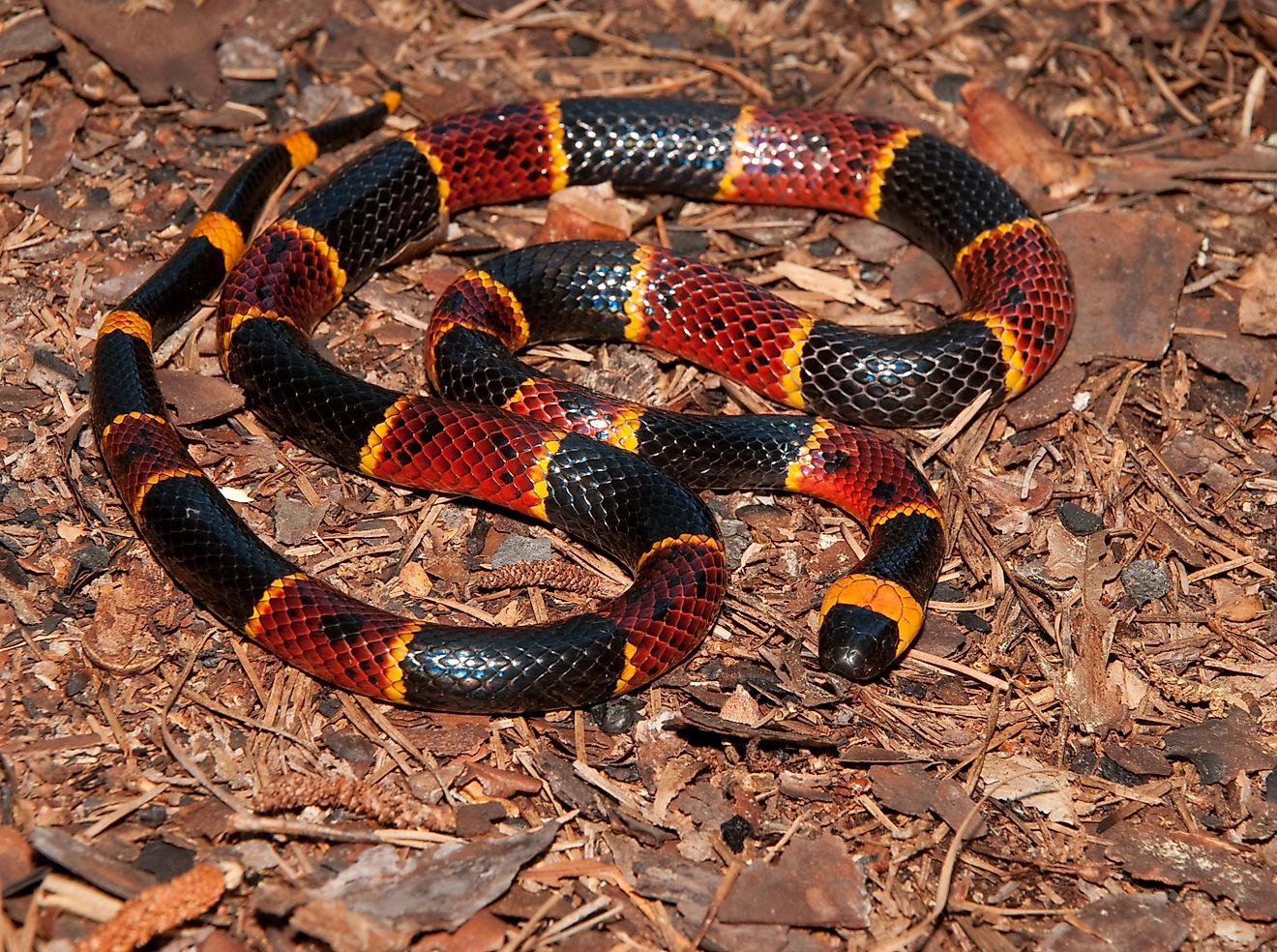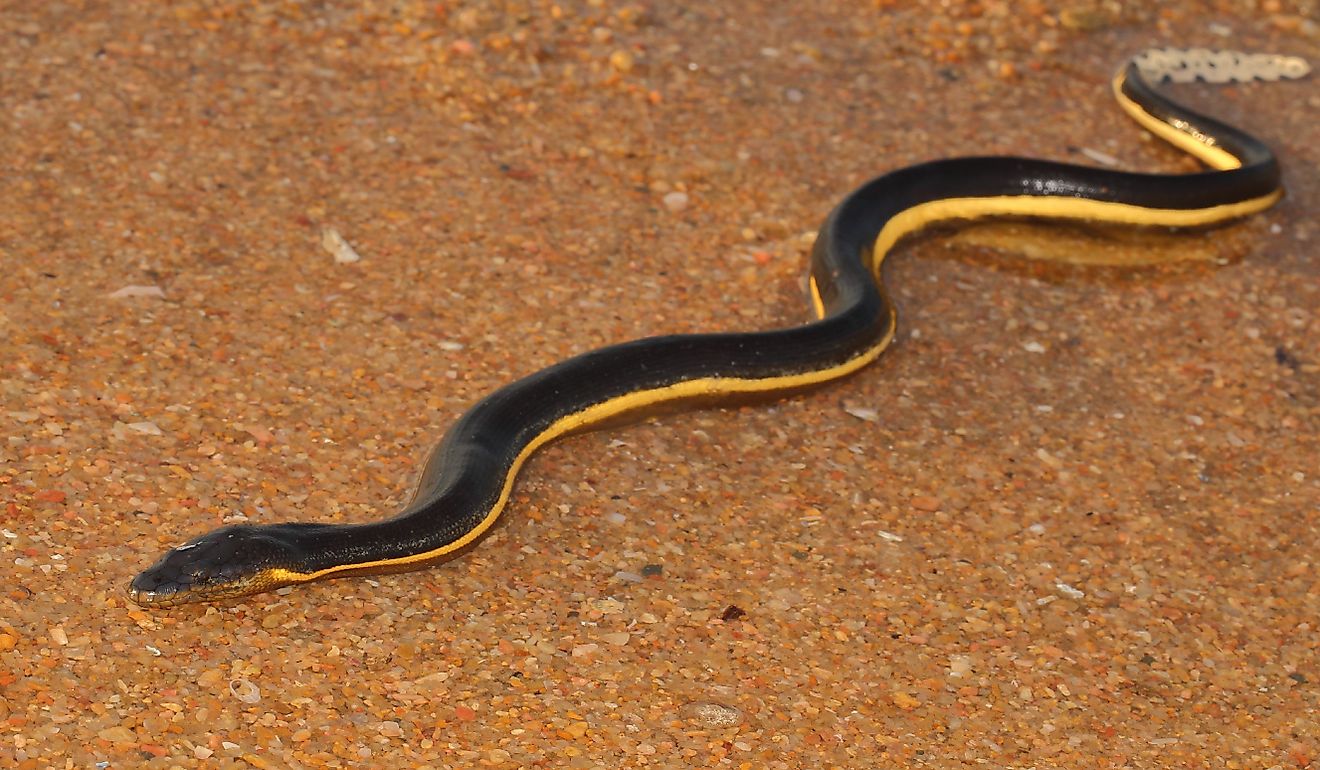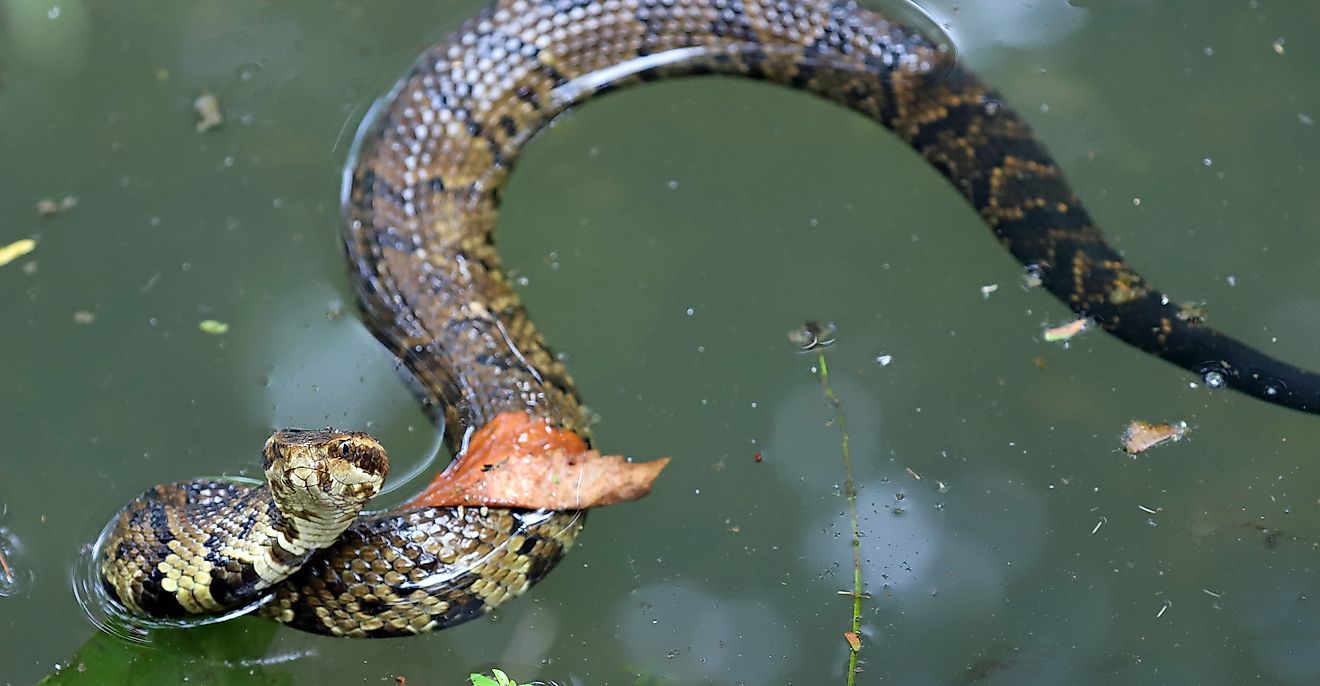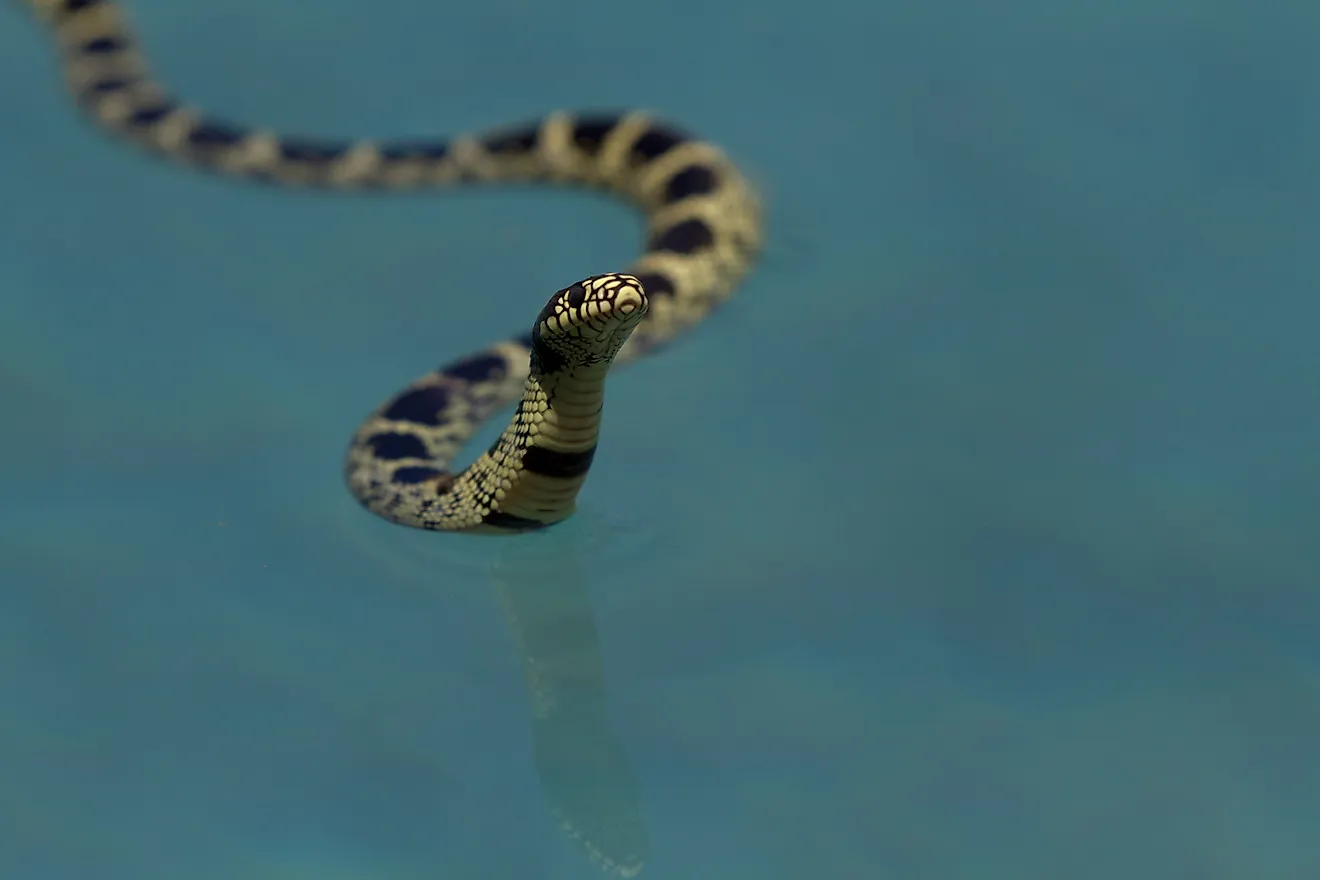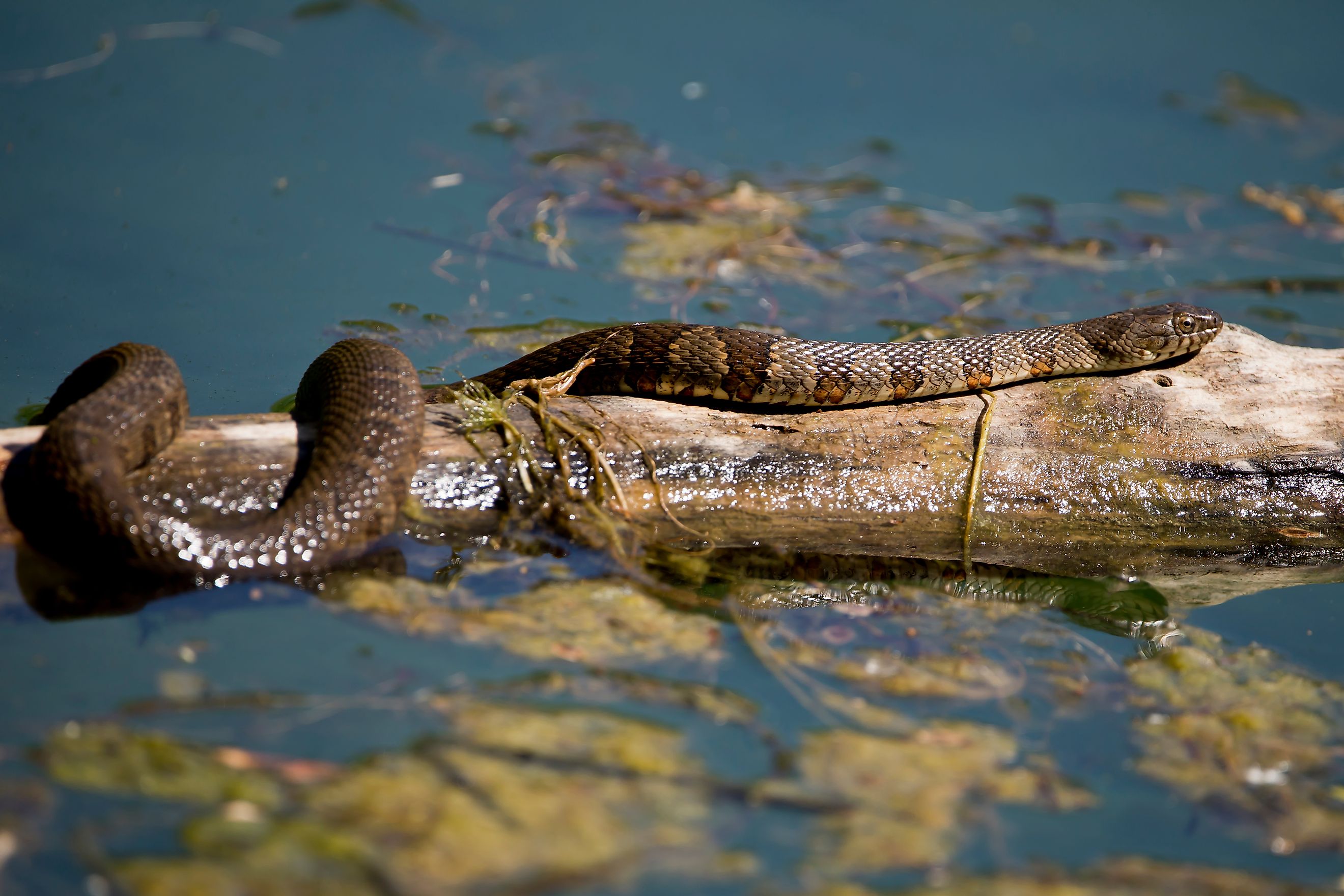
The Most Snake Infested Lakes in Kentucky
Among Kentucky's many natural treasures are several lakes known for significant snake populations. From Lake Barkley to Kentucky Lake, travelers can encounter both venomous and non-venomous species, such as Northern copperheads, Eastern cottonmouths, black rat snakes, and timber rattlesnakes.
These serpents are vital to the local ecology, controlling rodent populations and balancing the food chain. Yet, caution is advised to ensure a safe and respectful interaction with Kentucky’s remarkable serpentine inhabitants.
Lake Barkley
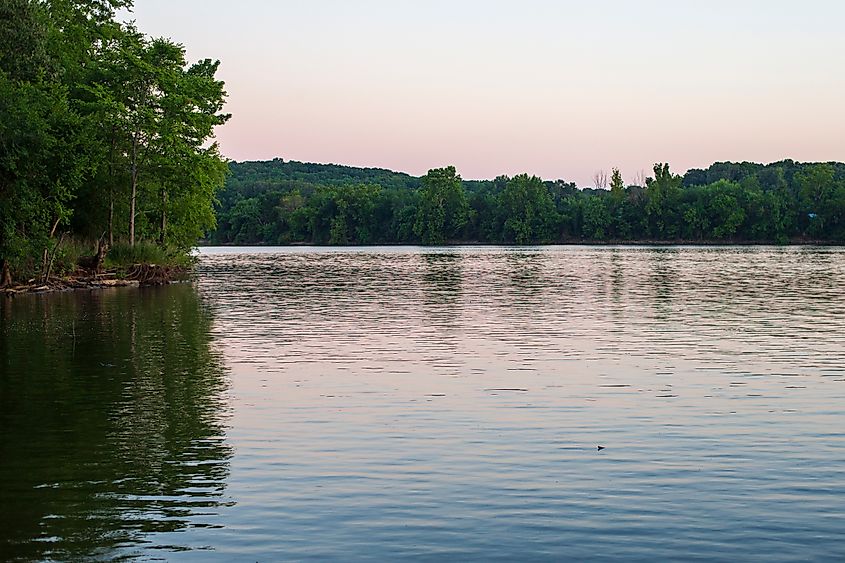
Lake Barkley, spanning about 57,900 acres across Kentucky and Tennessee, was formed after the completion of Barkley Dam in 1966. Named for Vice President Alben Barkley, this expansive reservoir is celebrated for its scenic beauty, diverse wildlife, and recreational activities like fishing, swimming, and boating. Its waters connect to Kentucky Lake, creating one of the largest freshwater playgrounds in the region.

Though picturesque, Lake Barkley is also home to various snake species, including the Northern watersnake, Eastern garter snake, and venomous types like the copperhead, cottonmouth, and timber rattlesnake. Visitors should respect these reptiles, ensuring a safe, memorable outdoor experience.
Kentucky Lake

Kentucky Lake, situated across Land Between the Lakes from Lake Barkley, offers similar recreational features and abundant, unique scenic surroundings. This expansive waterway supports a thriving snake population, with the Northern watersnake and Eastern garter snake being the most common and generally harmless species encountered.
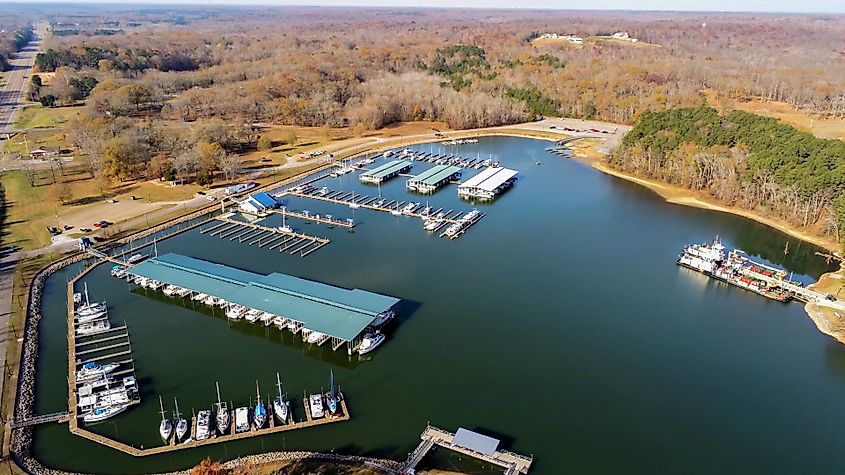
However, visitors should remain attentive to possible sightings of venomous reptiles, such as the cottonmouth (also known as the water moccasin) and various rattlesnakes, though these occurrences generally remain extremely rare. Observing serpents from a safe distance and respecting their habitats can help maintain both visitor safety and biodiversity throughout this vital western Kentucky reservoir.
Lake Cumberland
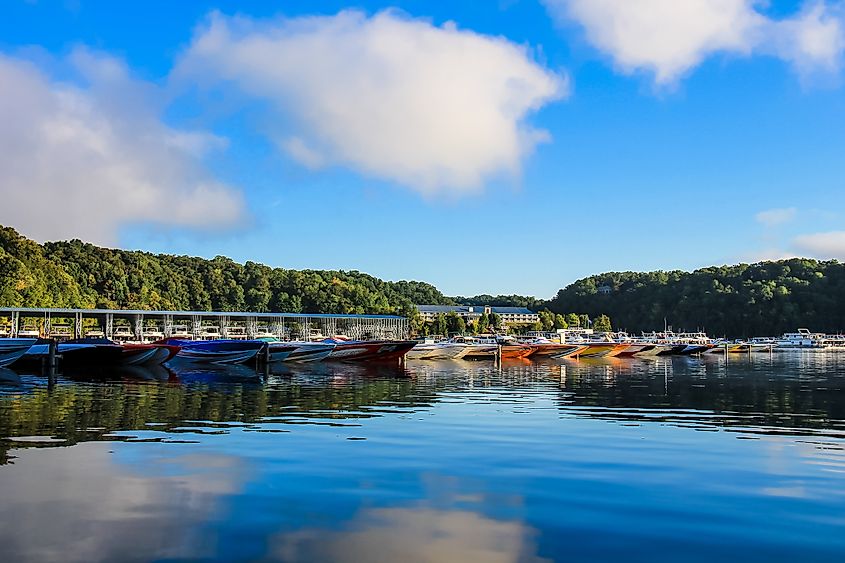
Lake Cumberland State Park and Resort in Kentucky offers a variety of outdoor activities, including birding, boating, and swimming. This environment supports a diverse ecosystem, including several snake species. The most commonly encountered species in the area are the Northern watersnake and Eastern garter snake, which are generally non-venomous and harmless.
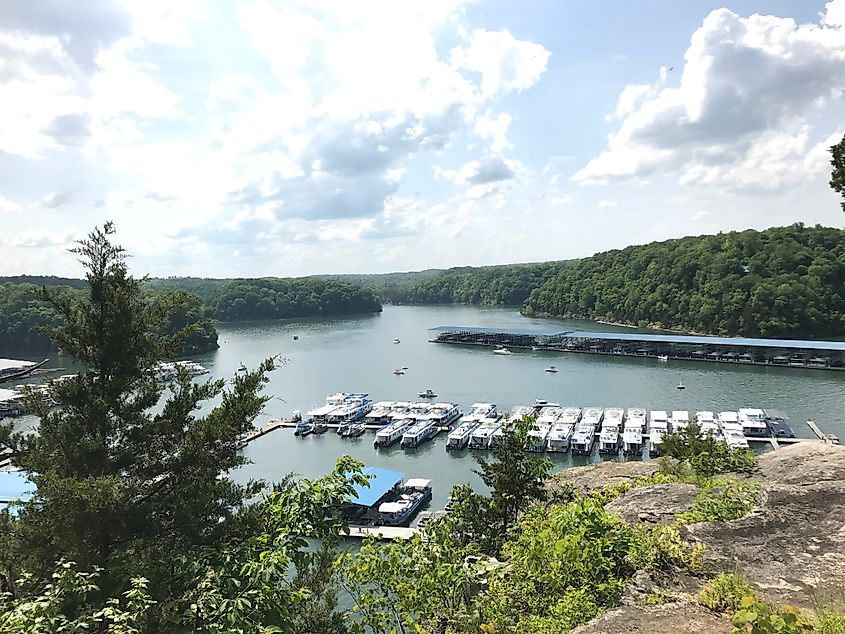
However, visitors should be aware of other species, such as the Black rat snake and the Timber rattlesnake, which can is venomous. Awareness of these reptilian inhabitants is important for maintaining safety, and observing them from a safe distance and avoiding disturbance of their natural habitat is strongly advised.
Rough River Lake

Rough River Lake in Kentucky offers numerous recreational opportunities for summer visitors, including fishing, swimming, and boating. Although not among the most serpent-infested lakes, its environment supports a significant population of the common water snake. Some visitors report that these snakes display defensive behaviors when disturbed. It is essential for recreational users to exercise caution, adhere to safety protocols, and respect local wildlife. Ongoing observational studies are encouraged to understand reptilian ecology in this freshwater ecosystem further. Monitoring snake activity contributes to personal safety and the conservation of native species within this natural habitat. The findings reinforce the need for further study.
Barren River Lake

Barren River Lake in Kentucky offers a state park and resort designed for fishing, hiking, and swimming, where visitors can enjoy diverse outdoor activities. The surrounding ecosystem supports a varied snake fauna, contributing to the region's biodiversity.

A predominance of non-venomous snakes is observed in the area, including species such as the black rat snake and eastern corn snake, both recognized for their generally non-threatening nature. Additionally, local reports indicate the presence of the timber rattlesnake, known for its venom. These reptiles play an important ecological role; therefore, caution and respect are advised when encountering them in their natural habitat.
Green River Lake

Green River Lake in Kentucky is renowned for its excellent fishing opportunities; however, the region also presents a high likelihood of encountering snakes, particularly rattlesnakes. Among these is the timber rattlesnake, which is most active from late spring through early summer. Although some of their bites are classified as “dry bites,” meaning they do not inject venom, they can still inflict painful injuries and necessitate prompt medical evaluation. During these months, timber rattlesnakes may be observed roaming throughout the park at any time of day or night. Visitors are strongly advised to exercise caution and remain constantly aware of their surroundings.
Coexisting Safely with Kentucky's Lake Snakes
Overall, Kentucky’s scenic lakes brim with diverse snake populations integral to local ecosystems. While sightings of venomous species remain rare, visitors must exercise caution and respect wildlife habitats. Adventurers can coexist with these fascinating reptiles and preserve Kentucky’s rich natural heritage by maintaining a safe distance and embracing responsible recreation.
